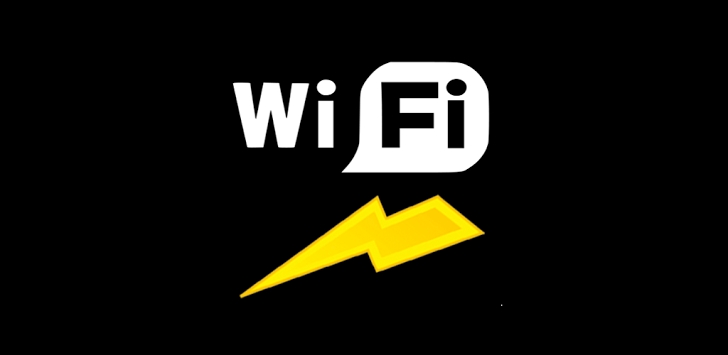
Mr Talla simply connected an antenna to a temperature sensor, placed it close to a Wi-Fi router and measured the resulting voltages in the device and for how long it can operate on the remote power source alone.
Even more ambitiously, the team also connected a camera to their antenna.
This was a low-power sensor capable of producing 174 x 144 pixel black and white images, which requires 10.4 milliJoules(mJ) of energy per picture.
To store energy, they attached a low leakage capacitor to the camera which activates when the capacitor is charged and continues operating until the voltage drops to 2.4 Volts.
The images were stored in a 64 KB random access memory (RAM). In the subsequent tests, the camera performed remarkably well.
“The battery-free camera can operate up to [about five metres from the router, with an image capture every 35 minutes,” Mr Talla told MIT Technology Review.
By adding a rechargeable battery, he increased the distance to seven metres.
The router could even power the camera through a brick wall, demonstrating that it would be possible to attach the device outside while keeping the power supply inside.
“The technology would be hugely useful for surveillance, perhaps connected to a movement sensor to trigger the camera when something moves in its field of view,” Mr Talla noted.
The team also connected their antenna to a Jawbone fitness tracker and used it to recharge the battery that powered it.
“Using this, we charge a Jawbone device in the vicinity of the power-over-Wi-Fi router from a no-charge state to 41 per cent charged state in 2.5 hours,” the team pointed out.
According to the MIT report, power-over-Wi-Fi could be the enabling technology that finally brings the “Internet of Things” to life.




Be the first to comment